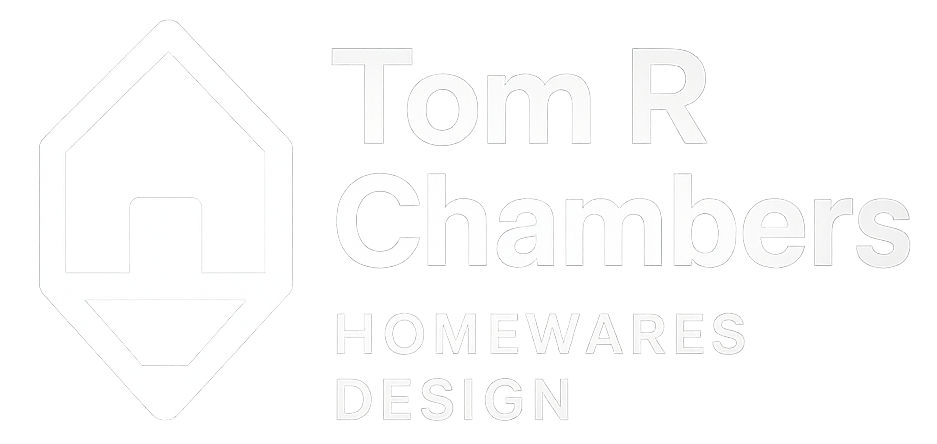In the world of home design, we often focus on the grand and obvious—front doors, landscaping, exterior paint colors. But sometimes, it’s the smallest details that make the most powerful statement. House numbers, those essential identifiers that guide visitors and delivery drivers to your doorstep, have quietly evolved from purely functional fixtures to design elements that can transform your home’s curb appeal.
The Evolution of House Numbers
House numbers have a surprisingly rich history. Before the 18th century, most homes didn’t have numbers at all—locations were identified by landmarks or names. It wasn’t until postal services became more organized that numbering systems were widely adopted, initially for tax collection purposes (not everything has a glamorous origin story!).
For centuries, house numbers remained utilitarian—typically simple metal or painted numerals with little consideration for aesthetics. But as our homes have become more personalized expressions of our tastes, house numbers have followed suit, becoming an opportunity for self-expression rather than just identification.
Why House Numbers Matter More Than You Think
House numbers serve multiple important functions:
First Impressions: Before guests notice your carefully selected door color or landscaping, they’re scanning for your house number. It’s often literally the first thing people interact with at your home.
Wayfinding: Clear, visible house numbers are essential for emergency services, food delivery, and first-time visitors. Design should never completely override this critical function.
Architectural Consistency: Thoughtfully chosen house numbers can reinforce your home’s architectural style and period, adding to its authenticity and character.
Personal Expression: Like all design choices, your house numbers say something about you—whether you prefer clean minimalism, traditional elegance, or artistic flair.
Peninsula House Numbers: Where Function Meets Artistry
Among the brands elevating house numbers to an art form, Peninsula House Numbers stands out for their exceptional craftsmanship and distinctive aesthetic. Founded by a husband and wife team (Simon and Bec) and “with a love of design, renovation and an eye for quality”, Peninsula has quickly developed a reputation for numbers that serve as architectural jewelry for the home.
What sets Peninsula apart is their approach to materials and production. Each number is hand-finished using traditional metalworking techniques, creating pieces with depth and character that mass-produced alternatives simply can’t match.
What I particularly appreciate about Peninsula’s approach is their attention to installation. Each number comes with a custom mounting system that creates a floating effect, casting subtle shadows that add depth and visual interest.
Finding Your Perfect Match: House Number Styles for Every Home
While Peninsula offers exceptional options, the world of house numbers is diverse. Here’s how to find the perfect match for your home’s architectural style:
For Mid-Century Modern Homes: Look for clean, geometric fonts in materials like brushed aluminum or brass. Numbers with integrated lighting can enhance the futuristic vibe many mid-century homes embody.
For Craftsman or Bungalow Styles: Consider hand-hammered copper or bronze numbers with a slightly rustic finish. Arts and Crafts inspired typefaces complement the handcrafted aesthetic of these homes.
For Contemporary Minimalism: Oversized, simple sans-serif numbers in contrasting colors create dramatic impact. Consider custom-cut acrylic or architectural concrete for ultra-modern appeal.
For Traditional or Colonial Homes: Classic serif fonts in traditional materials like wrought iron or polished brass maintain period authenticity while still feeling fresh.
For Cottages or Farmhouse Styles: Hand-painted ceramic tiles or wooden numbers add charming character that complements these more relaxed architectural styles.
Installation Considerations: Making the Most of Your Numbers
Even the most beautiful house numbers won’t have impact if poorly installed. Here are some tips for optimal placement:
Consider Contrast: Numbers should pop against your home’s exterior. If you have dark siding, choose light-colored or metallic numbers, and vice versa.
Think About Lighting: Will your numbers be visible after dark? Consider location relative to existing light fixtures, or incorporate backlit or illuminated options.
Mind the Scale: Oversized numbers make a contemporary statement, while smaller ones can appear more elegant and traditional. As a general rule, numbers should be visible from the street—typically at least 4″ tall for most residential settings.
Create a Backdrop: Sometimes numbers get lost visually against complex siding or brick. Consider mounting them on a contrasting backplate or within a designated area of different material.
Alignment Matters: Whether you arrange numbers horizontally, vertically, or in a custom pattern, be intentional about alignment and spacing. Even beautiful numbers can look haphazard if irregularly spaced.
Beyond Numbers: Creating a Cohesive Exterior Identity
For a truly cohesive look, consider coordinating your house numbers with other exterior metal elements:
Mailboxes: Choose designs with similar finishes and aesthetic to your house numbers for visual continuity.
Door Hardware: Doorknobs, knockers, and mail slots in complementary finishes create a thoughtfully designed entrance.
Light Fixtures: Exterior sconces and overhead lighting with similar metalwork or styling reinforce your design language.
Address Plaques: For homes where simple numbers don’t provide enough visual impact, consider a custom address plaque that incorporates numbers into a more substantial design element.
The Environmental Consideration
One aspect of Peninsula House Numbers that deserves particular attention is their sustainability approach. Unlike inexpensive numbers that may need replacement after a few seasons, Peninsula’s products are designed as “forever pieces” that age beautifully. All their products are designed to withstand extreme weather conditions.
This buy-once approach reduces waste and embodied carbon—something worth considering for environmentally conscious homeowners. They also use primarily recycled metals and low-impact packaging, demonstrating that even small home elements can reflect larger values.
Making Your Decision: Investment vs. Impact
Quality house numbers aren’t inexpensive—Peninsula’s options typically range from $45-$95 per numeral depending on material and complexity. While this might seem significant compared to hardware store alternatives, consider the cost-per-impression: your house numbers are seen by every visitor, delivery person, and passerby, every day, for years.
Few home improvements offer this combination of high visibility and relatively modest investment. When you consider that quality numbers can last decades or even generations (Peninsula offers a lifetime guarantee), the value proposition becomes even more compelling.
Conclusion: Small Details, Big Impact
In our homes, as in life, it’s often the smallest details that reveal the most care and consideration. House numbers may seem insignificant in the grand scheme of home design, but they represent a unique intersection of necessity and self-expression.
Whether you choose Peninsula’s artisanal offerings or another option that speaks to your personal style, thoughtfully selected house numbers send a subtle but clear message: in this home, details matter. And isn’t that precisely the impression most of us want to create?
Next time you approach your front door, take a moment to consider what your house numbers say about your home. Are they an afterthought, or are they part of your home’s story? Sometimes the smallest changes make the most memorable statements.
Looking to upgrade your home’s exterior? Share your house number transformations or questions in the comments below!

